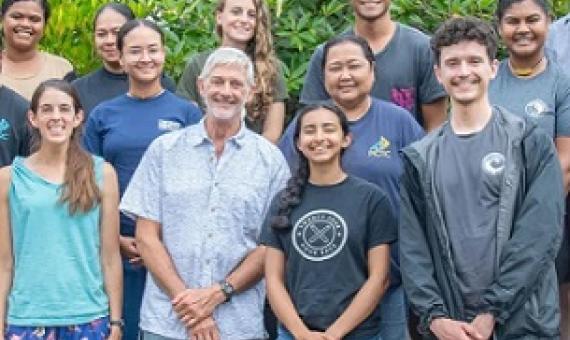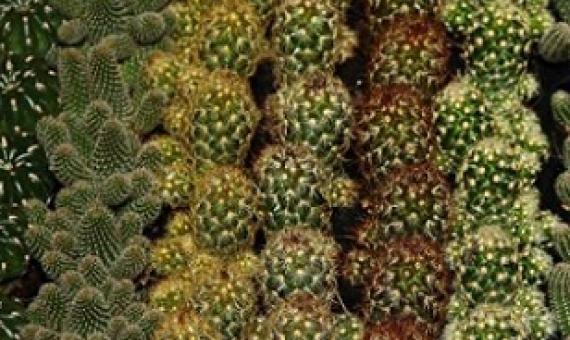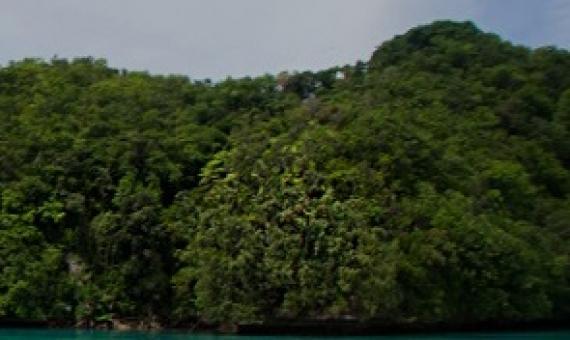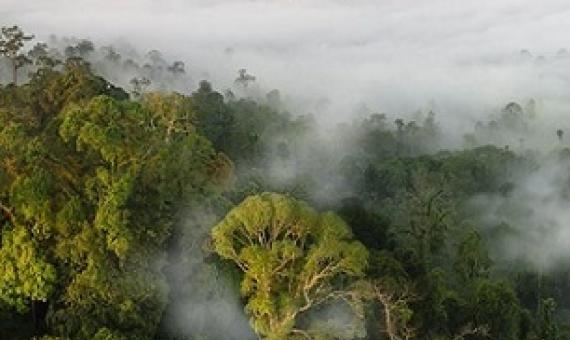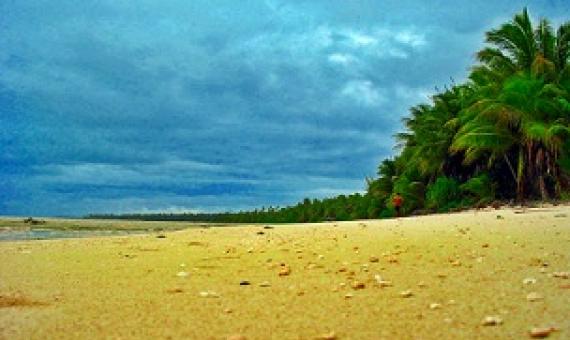“Restoring coral reefs is an increasingly important strategy used to combat the impacts of climate change,” said author Dr. Yimnang Golbuu, CEO of PICRC.
Half a century of rising extinction risk of coral reef sharks and rays
Sharks and rays are key functional components of coral reef ecosystems, yet many populations of a few species exhibit signs of depletion and local extinctions. The question is whether these declines forewarn of a global extinction crisis. We use IUCN Red List to quantify the status, trajectory, and threats to all coral reef sharks and rays worldwide. Here, we show that nearly two-thirds (59%) of the 134 coral-reef associated shark and ray species are threatened with extinction. Alongside marine mammals, sharks and rays are among the most threatened groups found on coral reefs.
Enhanced regional connectivity between western North American national parks will increase persistence of mammal species diversity
Many protected areas worldwide increasingly resemble habitat isolates embedded in human-modifed landscapes. However, establishing linkages among protected areas could signifcantly reduce speciesloss rates. Here we present a novel method having broad applicability for assessing enhanced regional connectivity on persistence of mammal diversity. We combine theoretically-derived species relaxation rates for mammal communities with empirically-derived pathways.
An international study led by the Institute of Environmental Science and Technology of the Universitat Autònoma de Barcelona (ICTA-UAB) stresses the need to apply a biocultural approach in nature conservation programs.
Harnessing island–ocean connections to maximize marine benefits of island conservation
Islands support unique plants, animals, and human societies found nowhere else on the Earth. Local and global stressors threaten the persistence of island ecosystems, with invasive species being among the most damaging, yet solvable, stressors. While the threat of invasive terrestrial mammals on island flora and fauna is well recognized, recent studies have begun to illustrate their extended and destructive impacts on adjacent marine environments.
Machine learning prediction of connectivity, biodiversity and resilience in the Coral Triangle
Even optimistic climate scenarios predict catastrophic consequences for coral reef ecosystems by 2100. Understanding how reef connectivity, biodiversity and resilience are shaped by climate variability would improve chances to establish sustainable management practices. In this regard, ecoregionalization and connectivity are pivotal to designating effective marine protected areas.
This week, the Palau International Coral Reef Center (PICRC) is hosting the Science & Monitoring Strategy Development Workshop with experts from around the world to further develop the science and monitoring strategy for the Palau National Marine Sanctuary (PNMS).
In a new expert study published in the journal One Earth, an international team of scientists from the Earth Commission, convened by Future Earth, say that efforts to meet new biodiversity targets and goals for the next three decades risk repeating past failures unless three factors
A new study led by the University of Oxford is the first to quantify the day-to-day barriers that conservation workers face as they try to conserve and manage island ecosystems around the world. The results have been published today in the journal People and Nature.
A new perspective published today, December 5, in the Proceedings of the National Academy of Sciences (PNAS) titled "Harnessing island–ocean connections to maximize marine benefits of island conservation" recognizes the critical link between island and marine ecos

